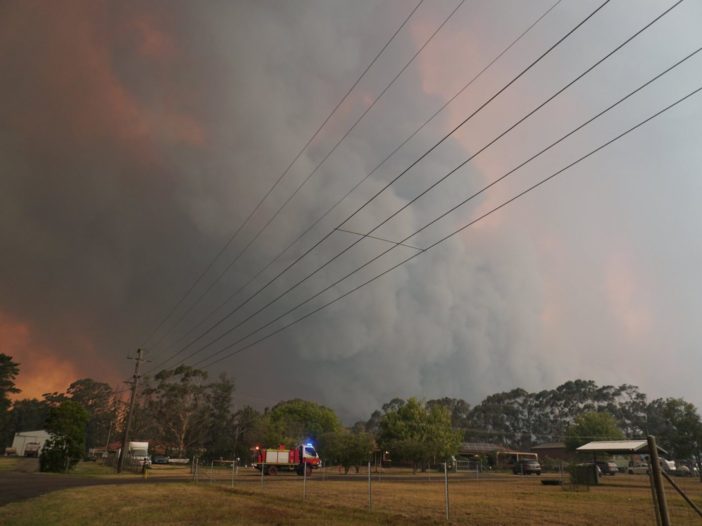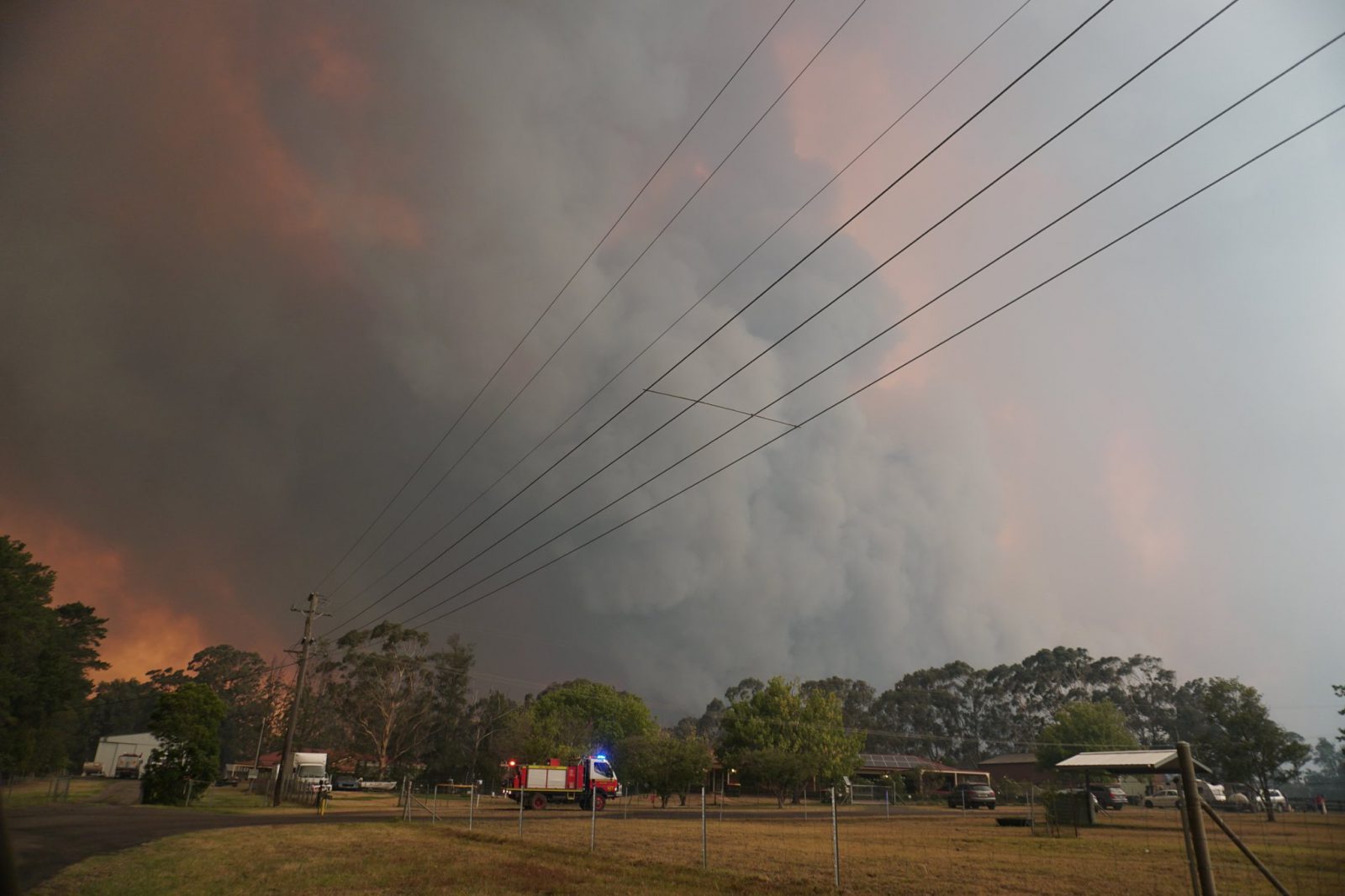
A University of New South Wales study will explore the role solar, batteries and energy management can play in “keeping the lights on” in regional communities across the state that are vulnerable to blackouts during extremes of weather and climate.
The study, which is being led by a team of researchers from the UNSW with joint Commonwealth and state government funding, wants to hear from people who live in an area affected by fire, flood or storms and other disruptions to the electricity grid.
The researchers also want to talk to and collect energy data from people with solar, batteries or other energy solutions that might have helped to maintain their electricity supply through such events.
This part of the study aims to gain an understanding of the role that behind-the-meter energy generation, storage and management technologies can play in maintaining electricity supply to regional and rural communities.
“We’ll be talking to people about their experience with power when the grid has failed, both good and bad, and we’ll also be looking at their energy data,” said Mike Roberts from the School for Photovoltaic and Renewable Energy Engineering at UNSW.
“We want to then share that knowledge with others so they can find ways to avoid energy supply disruptions to their homes and businesses.”
Sophie Adams, a social scientist at UNSW, said the team was “mindful” it would be talking to people in communities that may have suffered terribly from recent fires and floods, and for this reason was open to engaging with participants at a level that suited them.
In the Black Summer bushfires some communities were without power for more than a month, severely hampering their recovery.
“If you’ve endured bushfires, floods or severe storms we want to hear about your experience with the power supply through these events,” the research team says.
“By participating in the Energy Sustainability through Knowledge and Information Exchange and Sharing (ESKIES) study, you‘ll help build a better understanding in the community of how solar, batteries and other power sources can be used to keep phones charged and lights and appliances running through extreme events.”
The push to build stand-alone renewable energy and battery based microgrids in parts of the world either already experiencing energy supply instability or heavily exposed to the risk of outages is rapidly building momentum all over the globe.
Australia, with the exception perhaps of Western Australia, is a bit behind the pace in this transition – even while it is at the forefront of establishing stand-alone renewable energy systems to power remote mining operations.
That said, state governments are pouring funding and other resources into microgrid research and development and the federal government has established the Regional and Remote Communities Reliability Fund for much the same purpose.
For more information or to sign up for the study, click here: http://www.ceem.unsw.

Sophie is editor of One Step Off The Grid and deputy editor of its sister site, Renew Economy. Sophie has been writing about clean energy for more than a decade.



